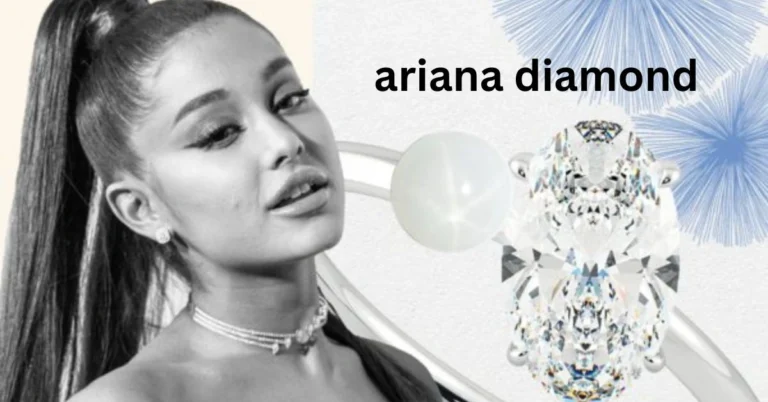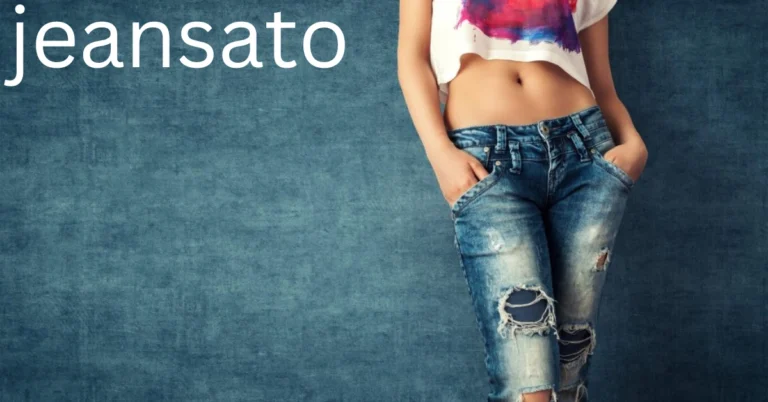The term “kuffeye” might not be widely known, but it carries a rich history and cultural significance that spans centuries. This article delves into the origins, evolution, and modern adaptations of keffiyeh , highlighting its enduring relevance and the role it plays in various cultural contexts today.
Historical Origins of Kuffeye
Kuffeye, derived from ancient traditions, has its roots in the early civilizations of the Middle East. Historically, it was used as a symbol of identity and social status. The earliest records of kuffeye can be traced back to Mesopotamia, where it was an essential part of the attire for both men and women.
The Mesopotamian Connection
In Mesopotamian society, the keffiyeh was not just a piece of clothing but a symbol of honor and prestige. It was often made from fine materials and adorned with intricate patterns that indicated the wearer’s rank and affiliation. The kuffeye was also used in religious ceremonies, symbolizing purity and devotion to the gods.
Expansion to Other Cultures
As trade routes expanded and cultural exchanges increased, the keffiyeh found its way to other civilizations, including the Greeks and Romans. In these societies, the kuffeye was adapted to fit local customs and fashions. The Greeks, for instance, incorporated it into their clothing as a sign of intellectual and philosophical distinction.
The Kuffeye in Islamic Tradition
The rise of Islam brought significant changes to the cultural landscape of the Middle East, and the keffiyeh evolved to align with Islamic values and practices.
Islamic Symbolism
In Islamic tradition, the kuffeye became a symbol of modesty and piety. It was worn by men and women as a sign of respect and adherence to religious principles. The keffiyeh also took on a new significance in the context of Islamic scholarship, with scholars wearing it as a mark of their dedication to learning and teaching.
The Kuffeye in Religious Practices
The kuffeye played a vital role in various religious practices and rituals. During prayers, it was often used to cover the head, symbolizing humility and submission to Allah. The use of the keffiyeh in religious contexts helped to solidify its importance in everyday life and culture.
The Kuffeye in Modern Times
In the modern era, the kuffeye has undergone numerous transformations, adapting to contemporary fashion trends and cultural shifts.
Fashion and Identity
Today, the keffiyeh is embraced by fashion designers and enthusiasts worldwide. It has become a versatile accessory, worn in various styles and fabrics to suit different tastes and preferences. The keffiyeh ability to blend tradition with modernity has made it a popular choice for those looking to express their cultural identity in a stylish and meaningful way.
Political and Social Significance
The kuffeye has also taken on political and social connotations in recent times. In some regions, it is used as a symbol of resistance and solidarity. Activists and political leaders have adopted the keffiyeh to convey messages of unity and strength, making it a powerful tool for social movements.
Kuffeye in Popular Culture
The influence of keffiyeh extends beyond fashion and politics; it has also made its mark in popular culture.
Film and Television
In film and television, the kuffeye is often used to add authenticity to characters and settings. Historical dramas, in particular, utilize the keffiyeh to accurately depict the attire of ancient civilizations. Additionally, contemporary productions may feature the kuffeye as a symbol of cultural pride and heritage.
Music and Art
Artists and musicians have embraced the kuffeye as a source of inspiration. In music, it is sometimes worn by performers to showcase their cultural roots. Visual artists incorporate the keffiyeh into their works to explore themes of identity and tradition. This creative use of the kuffeye helps to keep its legacy alive and relevant in the modern world.
The Future of Kuffeye
As we look to the future, the keffiyeh is poised to continue its evolution, adapting to new cultural and societal changes.
Innovations in Design
The fashion industry is constantly evolving, and designers are finding innovative ways to incorporate the kuffeye into their collections. From sustainable materials to cutting-edge designs, the future of keffiyeh in fashion is bright. These innovations ensure that the kuffeye remains a relevant and cherished part of our cultural heritage.
Preservation of Tradition
While embracing modernity, it is crucial to preserve the traditional aspects of the kuffeye. Cultural institutions and communities play a vital role in safeguarding the historical and religious significance of the keffiyeh. By educating future generations about its origins and meanings, we can ensure that the kuffeye continues to be respected and revered.
Conclusion
The journey of the kuffeye from ancient Mesopotamia to the modern world is a testament to its enduring significance. As a symbol of identity, modesty, and cultural pride, the kuffeye has transcended time and geographical boundaries. Its ability to adapt to changing fashions and societal norms ensures that the keffiyeh will remain a cherished and influential part of our cultural tapestry for generations to come.
The keffiyeh is more than just a piece of clothing; it is a powerful symbol of heritage and identity. Its rich history and continued relevance make it a fascinating subject for exploration and appreciation. As we move forward, the keffiyeh will undoubtedly continue to evolve, inspiring new generations to embrace its beauty and significance.
Read more: Dhamaka Zone Celebrity Gossip Review







